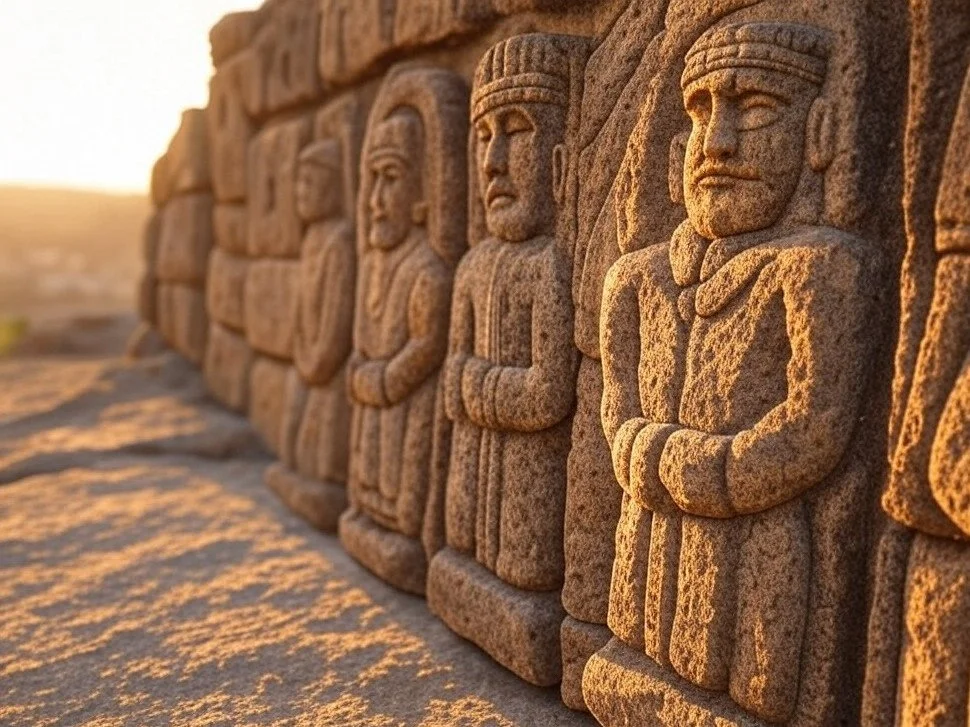The Hittite Empire, one of the great civilizations of the ancient Near East, utilized stone carvings as a vital means of documenting their history, mythology, and diplomatic achievements. These carvings, often found on temple walls, city gates, and rock faces, provide modern scholars with invaluable insights into Hittite society and its interactions with neighboring cultures.
Historical Records in Stone
Hittite rulers used stone inscriptions to commemorate military victories, political treaties, and important decrees. The most famous example is the Treaty of Kadesh, a peace agreement between the Hittites and the Egyptians, inscribed on stone tablets and walls. Such records not only reinforced the authority of the king but also served as a means of communication across the empire.
Mythology and Religious Symbolism
Hittite mythology is vividly depicted in stone carvings, often portraying deities, sacred animals, and legendary events. The rock sanctuary of Yazılıkaya, near the Hittite capital Hattusa, is one of the most significant archaeological sites showcasing these intricate carvings. The sanctuary features detailed reliefs of the Hittite pantheon, illustrating the civilization’s religious beliefs and their connections to nature and divine forces.
Diplomacy and Cultural Exchange
In addition to history and mythology, Hittite stone carvings played a role in diplomacy. The empire's extensive network of alliances and rivalries with neighboring states, including Egypt and Mesopotamia, is reflected in inscriptions detailing treaties and correspondences. These records highlight the sophisticated diplomatic strategies employed by the Hittites to maintain their influence in the region.
Archaeological Discoveries and Legacy
Excavations at Hattusa, Alacahöyük, and other sites have revealed a wealth of stone inscriptions and reliefs that continue to expand our understanding of Hittite civilization. These artifacts serve as a lasting testament to their achievements and offer a glimpse into a culture that thrived for centuries. The enduring legacy of Hittite stone carvings underscores their importance as historical documents and artistic expressions of an ancient empire.







